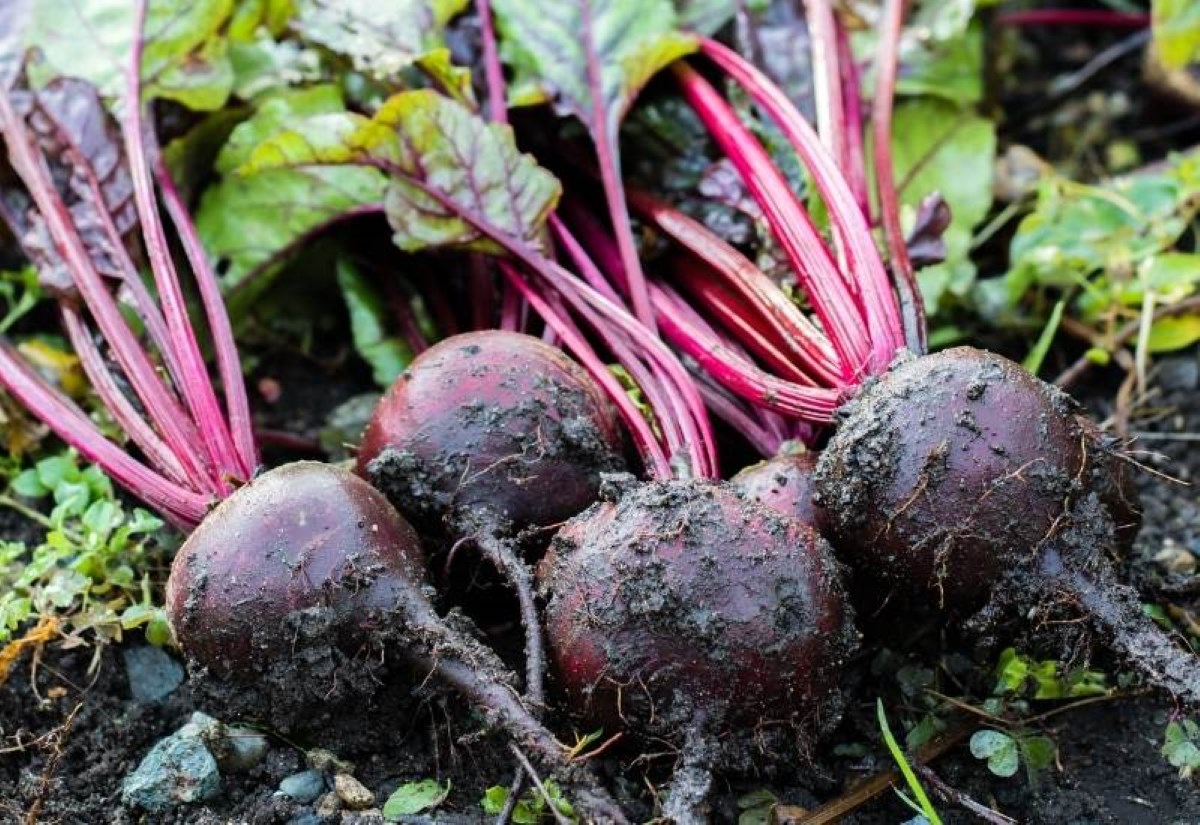

Articles
How To Store Beets After Picking
Modified: August 27, 2024
Learn the best methods for storing beets after picking in this informative article. Keep your beets fresh and delicious for longer with proper storage techniques.
(Many of the links in this article redirect to a specific reviewed product. Your purchase of these products through affiliate links helps to generate commission for Storables.com, at no extra cost. Learn more)
Introduction
Beets are delicious and nutritious root vegetables that are widely enjoyed around the world. Whether you grow your own beets in a backyard garden or have recently purchased them from a local farmer’s market, it’s important to know how to store them properly to ensure they stay fresh for as long as possible.
After picking beets, proper storage methods are crucial to maintain their flavor, texture, and nutritional value. In this article, we will explore the best practices for storing beets and various storage options available to you.
By following these guidelines, you can extend the shelf life of your beets and enjoy their delicious taste in a variety of culinary creations throughout the year.
Key Takeaways:
- Properly storing beets after picking is crucial for preserving their flavor and nutritional value. From gentle harvesting techniques to long-term preservation methods, following the right steps ensures you can enjoy fresh beets year-round.
- Whether you opt for short-term refrigeration or long-term canning, freezing, or pickling, there are various storage options available for beets. Regularly checking for spoilage and maintaining proper ventilation and humidity levels are essential for preserving the quality of stored beets.
Read more: How To Store Beets After Cooking
Harvesting Beets: Best Time to Harvest, Proper Harvesting Techniques
Harvesting beets at the right time is crucial to ensure they have reached their peak flavor and maturity. The best time to harvest beets is when they have reached a diameter of 1-3 inches, typically around 60 days after planting. However, you can also harvest baby beets when they are smaller in size.
When harvesting beets, it’s essential to use proper techniques to minimize damage and preserve their quality. Here are some essential steps to follow:
- Gently loosen the soil around the base of the beet using a garden fork or shovel.
- Grasp the beet greens near the top of the root and gently pull upwards, lifting the beet out of the ground.
- Avoid pulling the greens with too much force, as this can break the beetroot.
- Once harvested, shake off excess soil from the beets and remove any loose dirt with your hands.
It’s important to handle beets with care during the harvesting process to prevent bruising and damage. Any bruised or damaged beets should be set aside for immediate use rather than storage.
By harvesting at the proper time and using gentle techniques, you can ensure that your beets are in the best condition for storage.
Now that we’ve covered the basics of harvesting beets, let’s move on to the next step: preparing beets for storage.
Preparing Beets for Storage: Cleaning the Beets, Trimming the Tops and Roots, Curing the Beets
Before storing beets, it’s important to properly prepare them to ensure their longevity. Here are some steps to follow:
Cleaning the Beets
Start by gently washing the beets to remove any dirt or debris. Use a soft brush or cloth to scrub away any stubborn dirt, being careful not to damage the skin. Washing the beets helps prevent mold or bacteria growth during storage.
Trimming the Tops and Roots
Next, trim the tops and roots of the beets to prevent them from drawing moisture away from the root, which can lead to spoilage. Leave about an inch of the stem intact, as cutting too close to the beet can cause bleeding and decay. You can also save the beet greens for cooking or composting.
Read more: How To Store Beets After Harvest
Curing the Beets
Curing is the process of allowing freshly harvested beets to dry and heal any minor cuts or bruises before storage. To cure the beets, place them in a well-ventilated area with low humidity. Allow them to sit for a few days, until the skin feels dry to the touch. This helps extend the shelf life and enhances the flavor of the beets.
By cleaning the beets, trimming the tops and roots, and curing them properly, you are setting the stage for optimal storage conditions. Now let’s move on to explore the various storage options for beets.
Storage Options for Beets: Storing in the Refrigerator, Cool Basement or Cellar, Root Cellar
Once your beets are properly prepared, it’s time to choose the best storage option based on your available facilities and desired shelf life. Here are three common storage options for beets:
Storing Beets in the Refrigerator
If you plan to use your beets within a few weeks, storing them in the refrigerator is a simple and convenient option. Place the beets in a perforated plastic bag or a slightly open container to allow for proper airflow. Make sure to remove any excess moisture by patting them dry before storage. Beets stored in the refrigerator can generally stay fresh for up to four weeks.
Storing Beets in a Cool Basement or Cellar
If you have a cool and dry basement or cellar, this can be an excellent storage option for beets. Choose a location that maintains a temperature between 35-40°F (2-4°C) with relative humidity around 90%. Wrap the beets individually in newspaper or store them in perforated plastic bags to prevent them from drying out. Check them periodically for any signs of spoilage and remove any damaged beets to prevent further decay. When stored in optimal conditions, beets can last for several months using this method.
Read more: How To Store Strawberries After Picking
Storing Beets in a Root Cellar
A root cellar is a traditional storage method that provides optimal conditions for storing root vegetables like beets. Ideally, a root cellar should have a consistent temperature between 32-40°F (0-4°C) and humidity levels between 85-95%. Store beets in wooden crates or boxes filled with damp sand or sawdust to maintain humidity levels. Make sure the beets do not touch each other to avoid moisture transfer and rot. With proper care, beets can last for up to six months in a well-maintained root cellar.
By choosing the appropriate storage option and maintaining the recommended temperature and humidity levels, you can significantly extend the shelf life of your beets.
Next, let’s explore some long-term storage methods for beets.
Long-term Beet Storage Methods: Canning, Freezing, Pickling
In addition to the traditional storage options, there are long-term preservation methods that allow you to enjoy the flavor of beets throughout the year. Here are three popular methods for long-term beet storage:
Canning Beets
Canning beets is a great way to preserve their freshness and flavor. Start by washing and trimming the beets, then cook them until they are tender. Allow them to cool before peeling and slicing them into desired shapes. Pack the beets tightly into sterilized jars, leaving about an inch of headspace. Prepare a canning liquid with vinegar, water, and salt, and pour it over the beets, ensuring they are completely submerged. Process the jars in a water bath canner according to the recommended time for your altitude. Canned beets can last up to a year when stored in a cool, dark place.
Freezing Beets
Freezing beets is a simple and convenient way to preserve their flavor and texture. Start by washing, trimming, and cooking the beets until they are tender. Allow them to cool before peeling and slicing. Spread the beet slices in a single layer on a baking sheet lined with parchment paper and freeze them until they are solid. Transfer the frozen beet slices to airtight freezer bags or containers. Be sure to label and date them. Frozen beets can last up to 8-10 months in the freezer and can be used in soups, stews, and other dishes without thawing.
Read more: How To Store Apples After Picking
Pickling Beets
Pickled beets are a delicious and tangy option for long-term storage. Start by washing, trimming, and cooking the beets until they are tender. Allow them to cool before peeling and slicing. In a saucepan, combine vinegar, water, sugar, and pickling spices, bringing the mixture to a boil. Pack the beet slices into sterilized jars and pour the hot pickling liquid over them. Make sure the beets are fully submerged. Seal the jars with lids and process them in a hot water bath canner according to the recommended time for your altitude. Pickled beets can be stored in a cool, dark place for up to a year. They make a fantastic addition to salads, sandwiches, and cheese platters.
By canning, freezing, or pickling beets, you can enjoy their fresh taste and vibrant color even when they are out of season.
Now that we’ve covered the long-term storage options, let’s move on to some essential tips for maintaining the quality of your stored beets.
Tips for Maintaining Beet Quality During Storage: Checking for Spoilage, Removing Damaged Beets, Proper Ventilation and Humidity Control
Proper storage techniques are vital to keeping your beets fresh and delicious. Here are some tips to help maintain the quality of your stored beets:
Checking for Spoilage
Regularly inspect your stored beets for any signs of spoilage. Look for mold, soft spots, or any unusual discoloration. If you notice any spoiled beets, remove them immediately to prevent the spread of decay to other beets. Keeping a close eye on your stored beets allows you to intervene before spoilage affects the entire batch.
Removing Damaged Beets
Damaged beets can accelerate the spoiling process and compromise the quality of other beets in storage. If you come across any beets with cuts, bruises, or rot, remove them without delay. By removing damaged beets promptly, you can help preserve the freshness and longevity of the remaining beets.
Proper Ventilation and Humidity Control
Proper ventilation is crucial in preventing the buildup of excess moisture, which can lead to mold or rot. Ensure there is adequate airflow around your stored beets by placing them in well-ventilated containers or crates. Avoid sealing beets in airtight bags or containers, which can trap moisture and promote spoilage.
In addition to ventilation, maintaining the right humidity level is important. For storing beets, aim for a relative humidity of around 85-95%. Moisture loss can cause shriveling, while excessive moisture can lead to mold or rot. Monitor the humidity levels in your storage area and adjust as needed by adding or removing sources of moisture.
By implementing these tips for maintaining beet quality during storage, you can enjoy fresh and flavorful beets for an extended period. Remember to regularly check for spoilage, remove damaged beets, and control ventilation and humidity levels to create an optimal storage environment.
Now you’re equipped with the knowledge to store beets properly, which will help you enjoy their earthy and sweet taste well beyond the harvest season.
Happy storing and happy cooking!
Conclusion
Storing beets properly after picking is essential to preserve their flavor, texture, and nutritional value. By following the right techniques, you can extend the shelf life of your beets and enjoy their earthy taste in various dishes throughout the year.
Harvesting beets at the right time, using gentle techniques, and properly preparing them for storage set the foundation for successful long-term storage. Cleaning beets, trimming their tops and roots, and curing them helps maintain their freshness and prevent spoilage.
When it comes to storage options, you have several choices based on the facilities available to you. Storing beets in the refrigerator is convenient for short-term use, while a cool basement or cellar provides a suitable environment for longer storage. For those with a root cellar, you have an optimal storage space with the right temperature and humidity for beet preservation.
If you prefer to enjoy beets throughout the year, long-term storage methods such as canning, freezing, or pickling are excellent options. These methods preserve the taste and quality of beets, allowing you to add their vibrant flavor to your meals even when they are out of season.
To maintain the quality of your stored beets, regularly check for spoilage and remove any damaged beets promptly. Proper ventilation and humidity control help prevent excess moisture and reduce the risk of mold or rot.
By following these storage guidelines and tips, you can ensure that your beets stay fresh, crisp, and flavorful for an extended period.
So, whether you’re growing your own beets or purchasing them from a local market, use the knowledge gained in this article to store them properly and make the most of this versatile root vegetable. From salads to soups and everything in between, beets are a nutritious and delicious addition to any meal. Enjoy the benefits of storing your beets and savor their vibrant taste year-round.
Frequently Asked Questions about How To Store Beets After Picking
Was this page helpful?
At Storables.com, we guarantee accurate and reliable information. Our content, validated by Expert Board Contributors, is crafted following stringent Editorial Policies. We're committed to providing you with well-researched, expert-backed insights for all your informational needs.
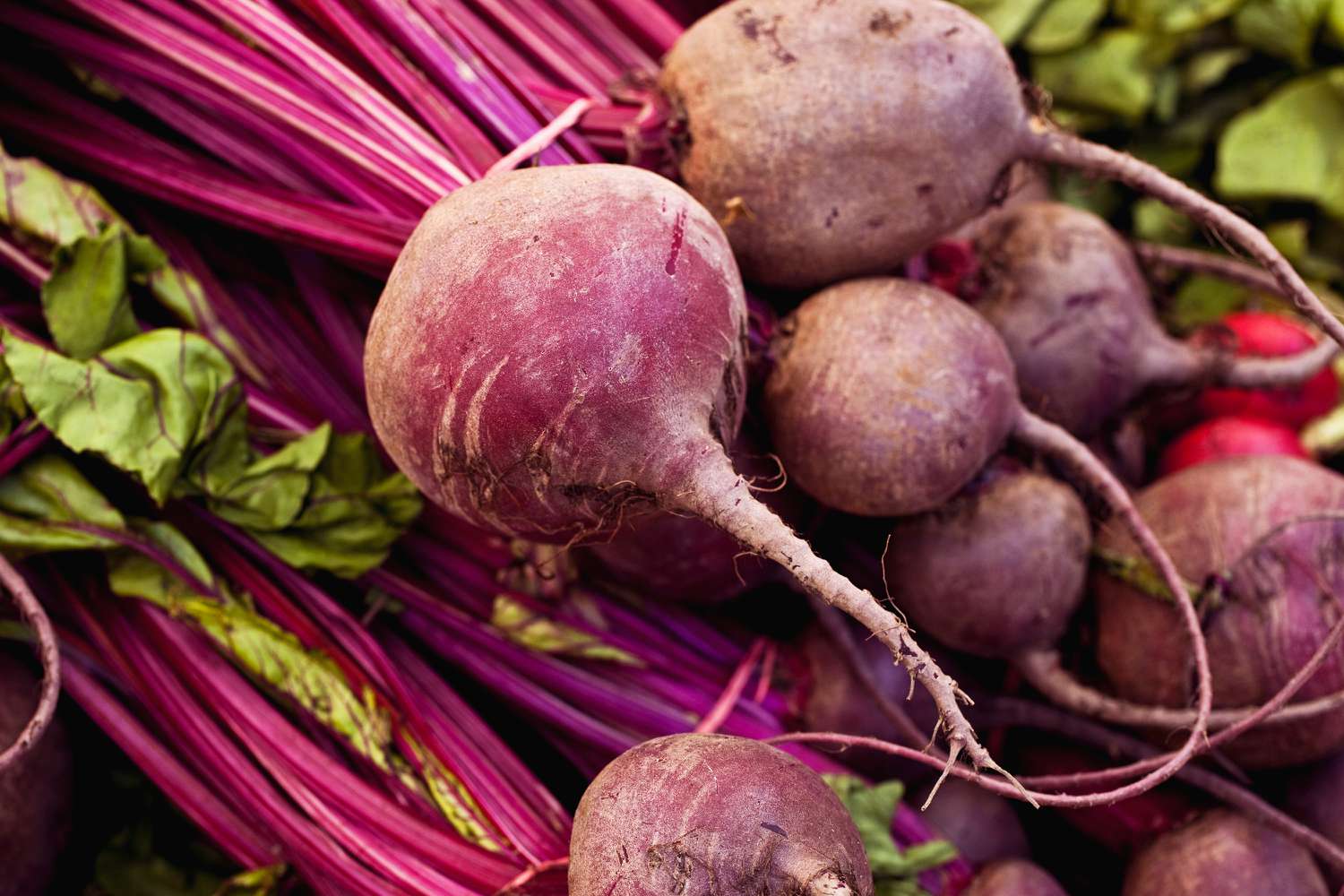

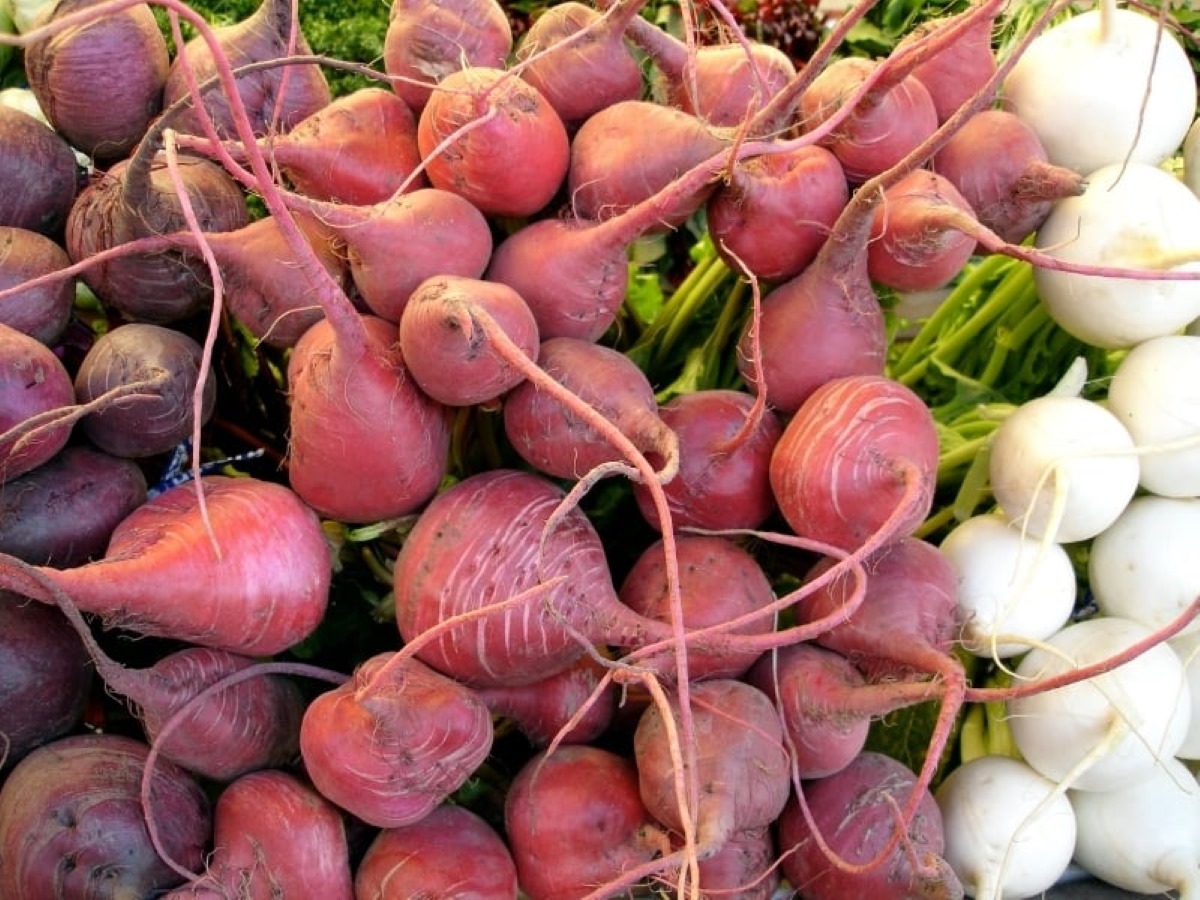
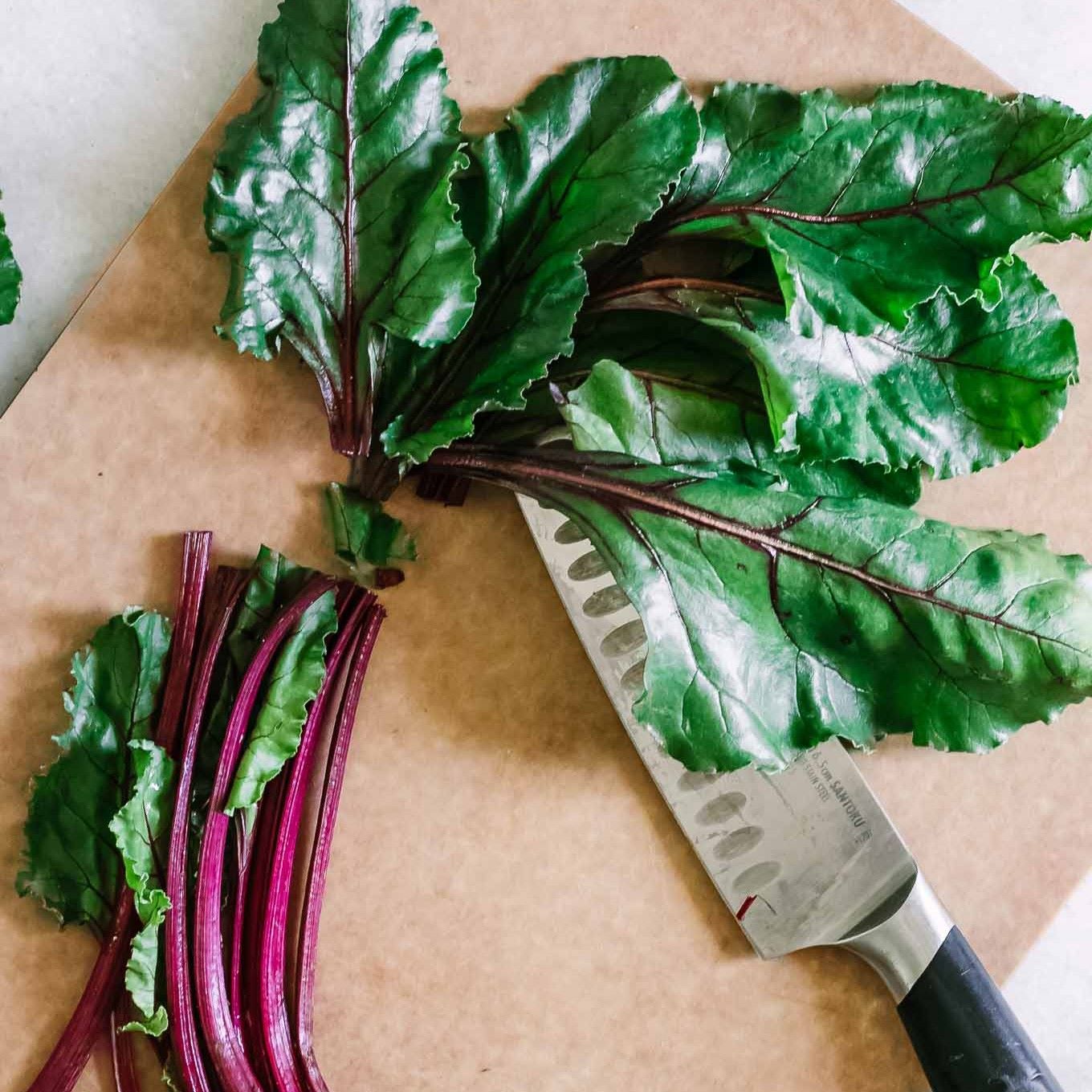
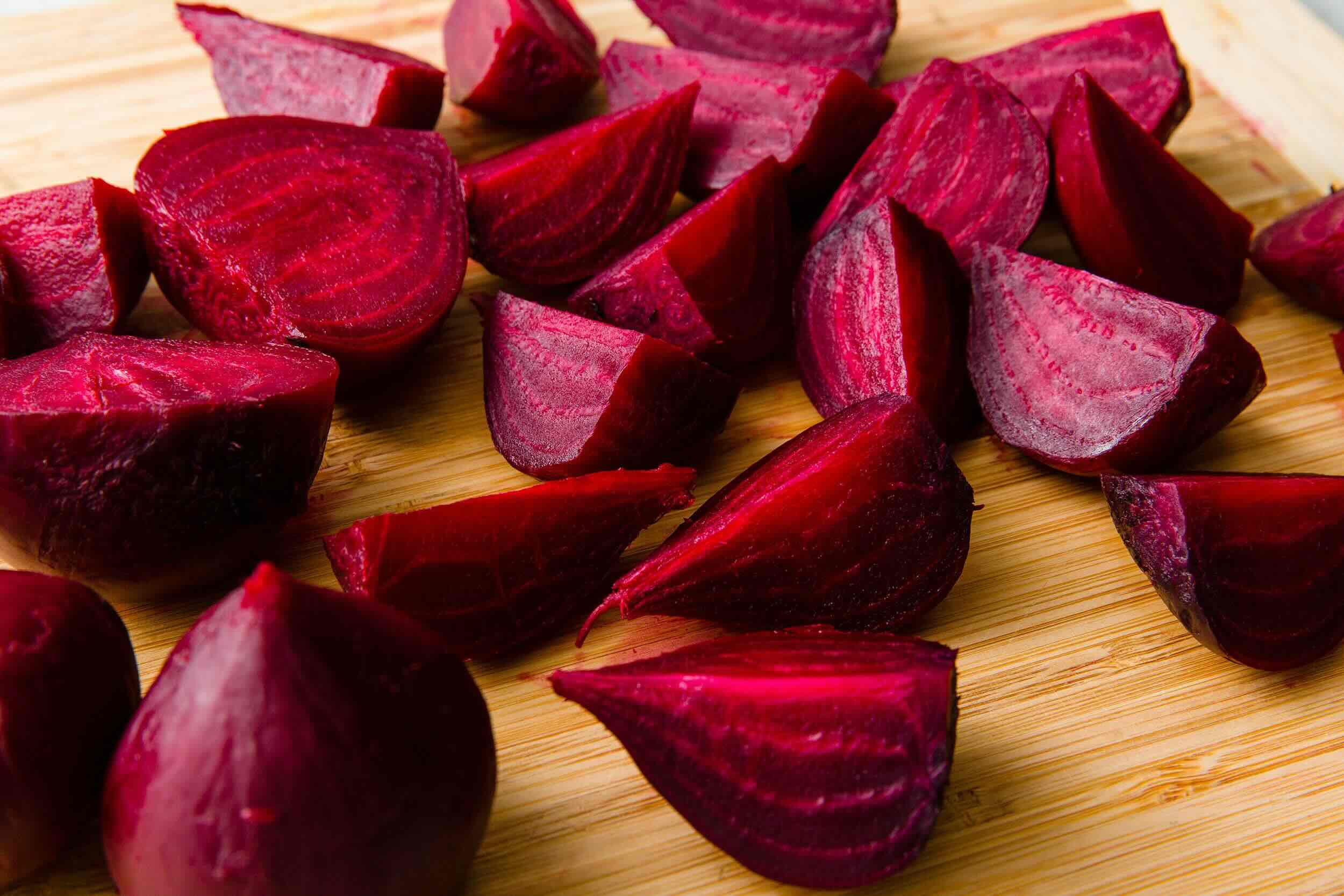
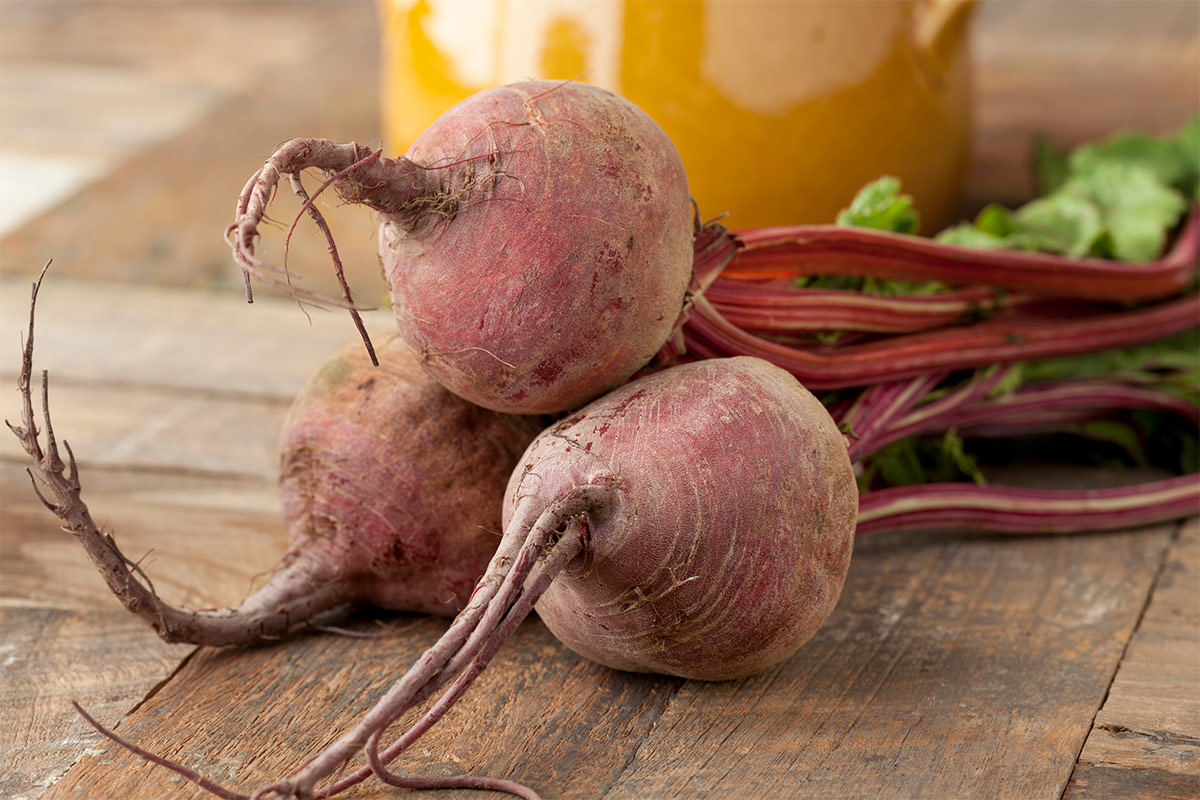
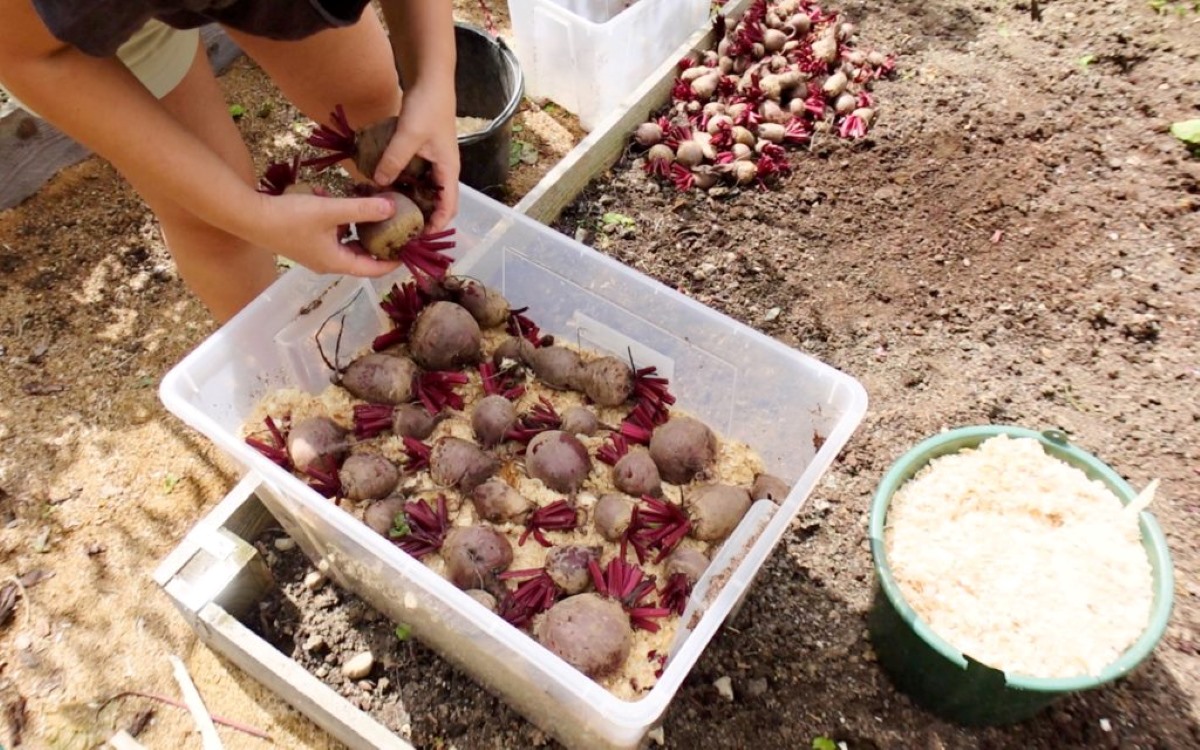
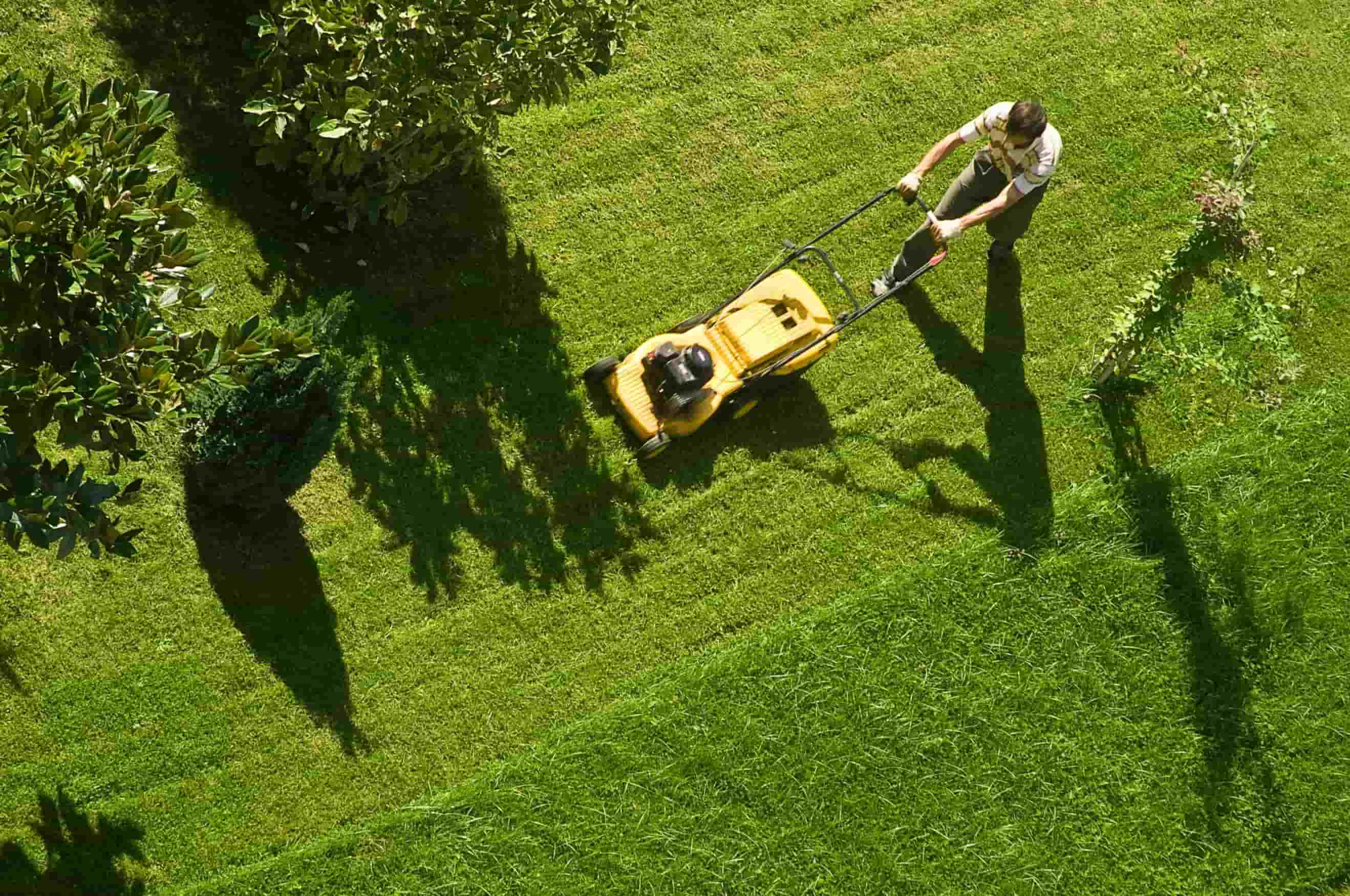

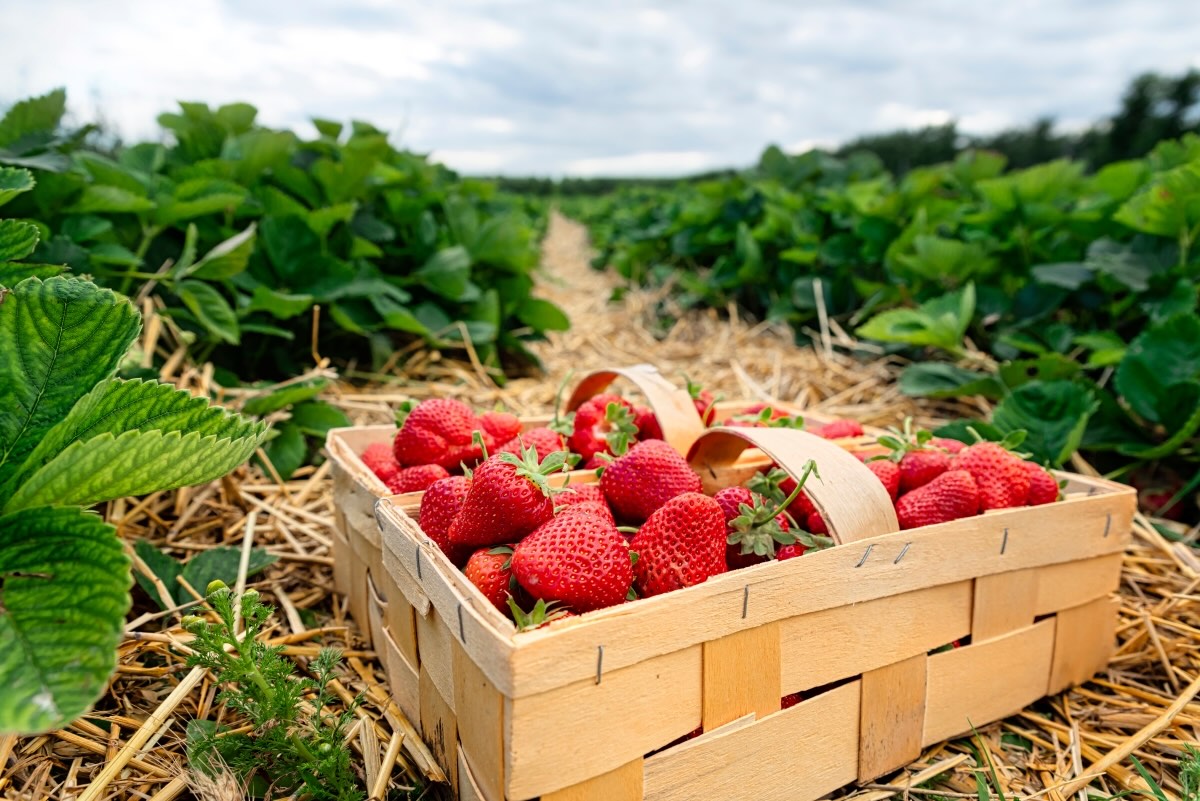
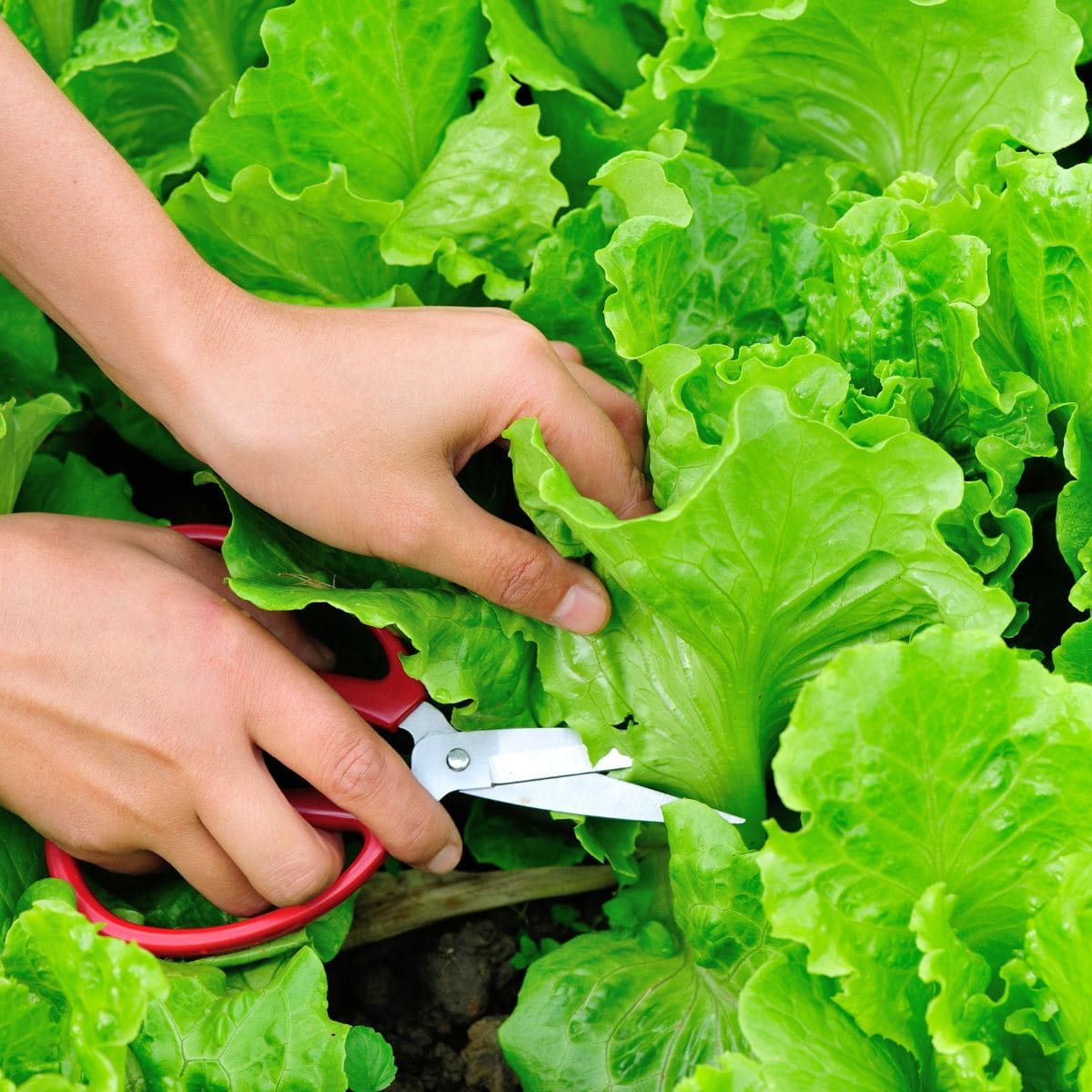

0 thoughts on “How To Store Beets After Picking”